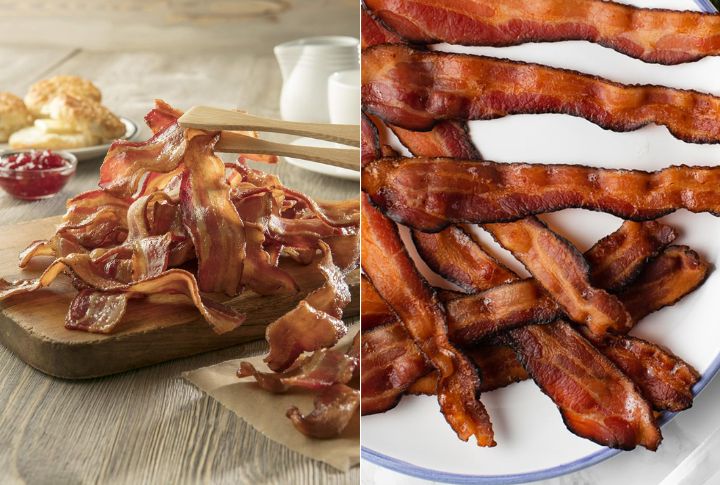
In the average grocery store, the bacon section can be surprisingly confusing. Two nearly identical packs might sit side by side. However, one is labeled uncured while the other is not. At first glance, the difference seems minor. But the language on those labels suggests otherwise. Here’s the real difference between cured and uncured bacon.
Different Preservatives
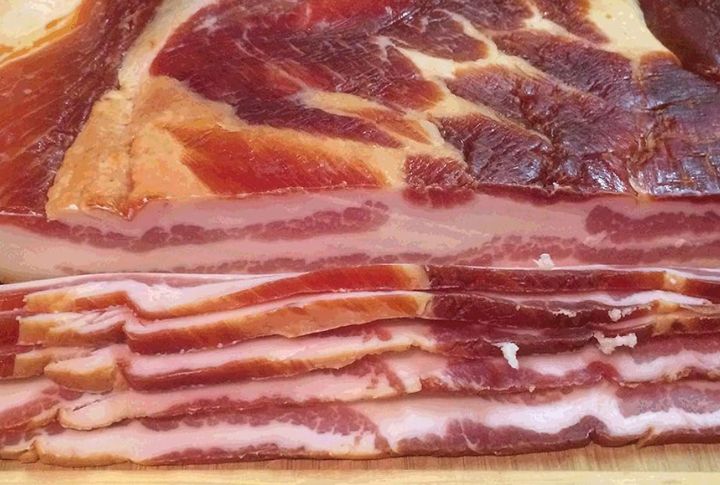
Cured bacon uses sodium nitrite or nitrate, lab-made compounds that preserve color and enhance flavor. Uncured bacon uses natural ingredients like celery powder or juice, which perform the same role. The USDA requires it to be labeled as “uncured” because it doesn’t use artificial curing agents.
Color Differences
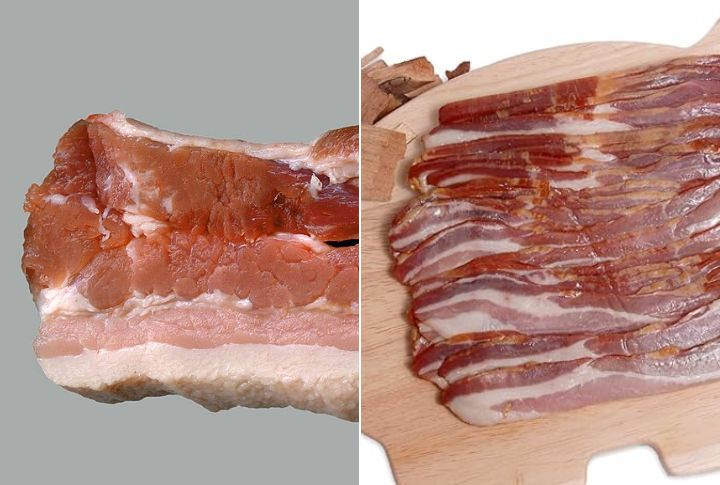
Uncured bacon lacks the rosy glow of its cured counterpart, instead browning more during cooking. Cured bacon keeps its reddish color longer due to chemical preservation. It’s a subtle visual difference but noticeable when the two are compared side by side.
Shelf Life Can Vary Slightly

A longer-lasting package often points to synthetic preservatives. Natural curing agents can be less predictable, leading to slightly shorter shelf lives. Still, you should always check the label and use-by date, as visual cues alone don’t reliably indicate freshness.
Bolder Vs. Milder Flavor
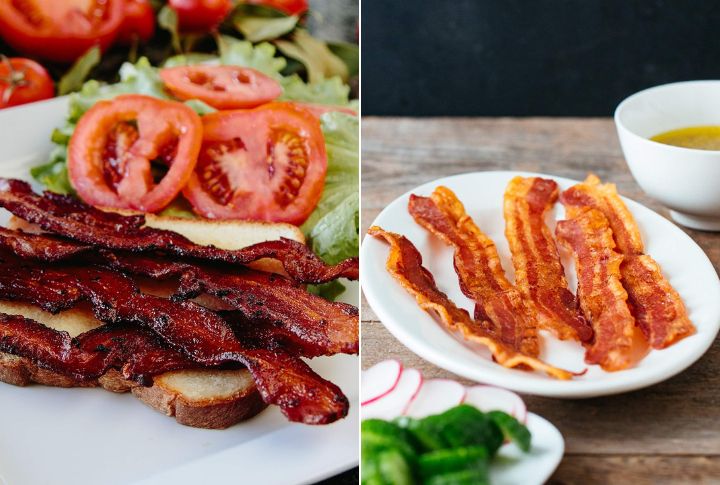
The flavor of cured bacon is stronger and smokier, thanks to synthetic curing agents and added ingredients like liquid smoke. Bacon made with natural preservatives usually tastes milder, which lets more of the pork’s natural flavor come through. Some people find it refreshing, and others might consider it underwhelming.
Texture
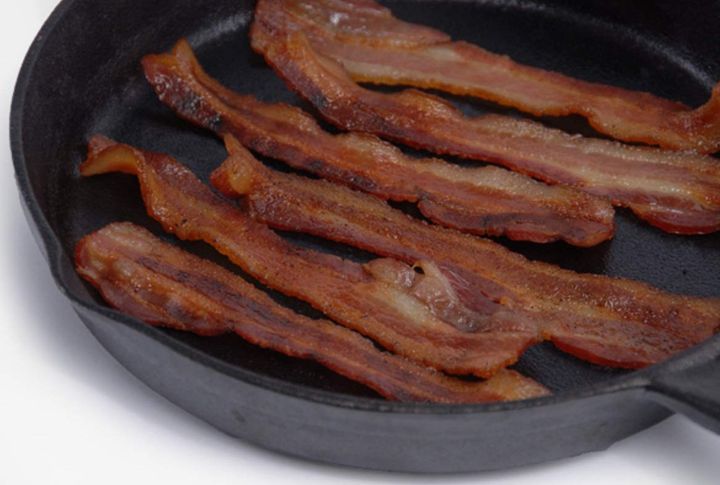
Because of consistent processing, bacon cured with artificial preservatives generally cooks evenly and crisps reliably. With natural curing methods, texture can be less predictable. Some pieces may turn out soft or chewy, so you should carefully watch them during cooking.
Price
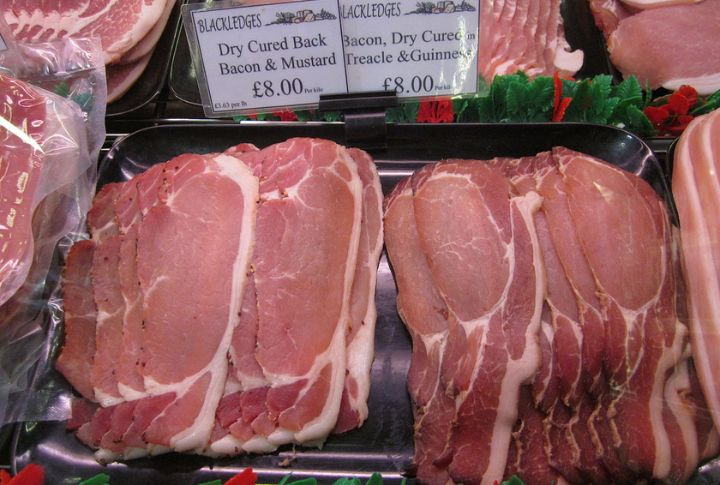
Bacon labeled “uncured” or “natural” often comes with a higher price tag. That’s due to branding, ingredient sourcing, and consumer perception, not necessarily production cost. Cured bacon tends to be more affordable and widely available, especially in bulk or store-brand varieties.
Salt Penetration
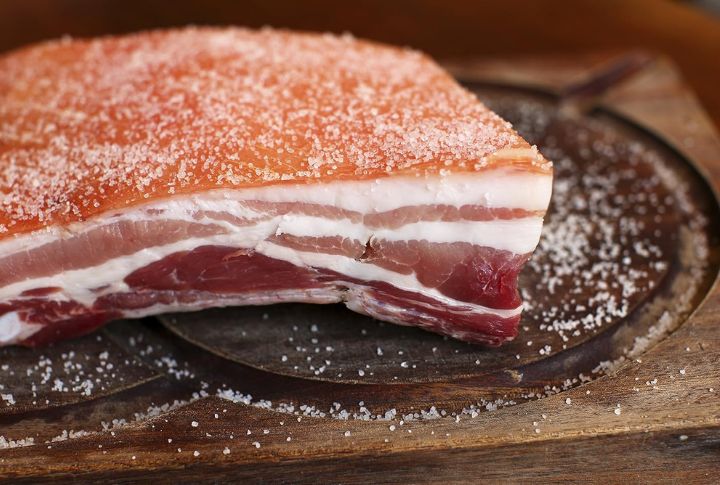
In cured bacon, synthetic nitrites and salts penetrate the meat quickly and uniformly, leading to more consistent preservation. Natural curing agents in uncured bacon work more slowly and may cure unevenly unless carefully monitored.
Sensitivities Vary

Reports of fewer headaches or digestive issues typically come from people who switch to uncured bacon. These claims remain anecdotal as there’s no strong scientific proof. Still, ingredient sensitivity varies by person, and naturally cured options might feel gentler to those who react to synthetic compounds.
Sugar Content
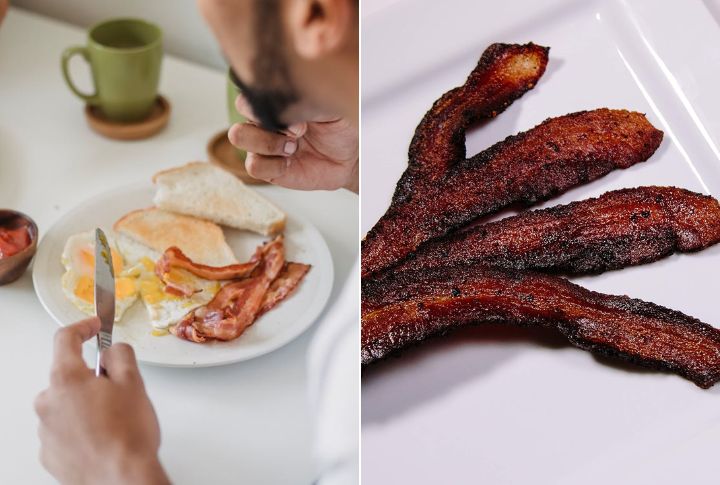
Uncured bacon may include natural sweeteners like maple syrup or fruit concentrates to enhance flavor and aid preservation. Cured bacon typically sticks to refined sugar or dextrose in controlled amounts. These sweeteners influence caramelization and even browning during cooking.
Water Content
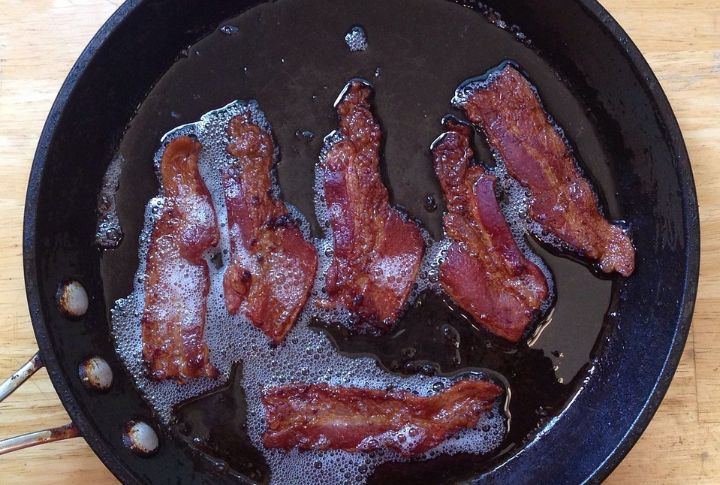
Expect more sizzle and steam from uncured bacon because it often holds more water. Cured strips, dried longer through salt-heavy processing, usually cook with less splatter and crisp more easily. This difference matters when frying several strips or trying to avoid a greasy mess.
